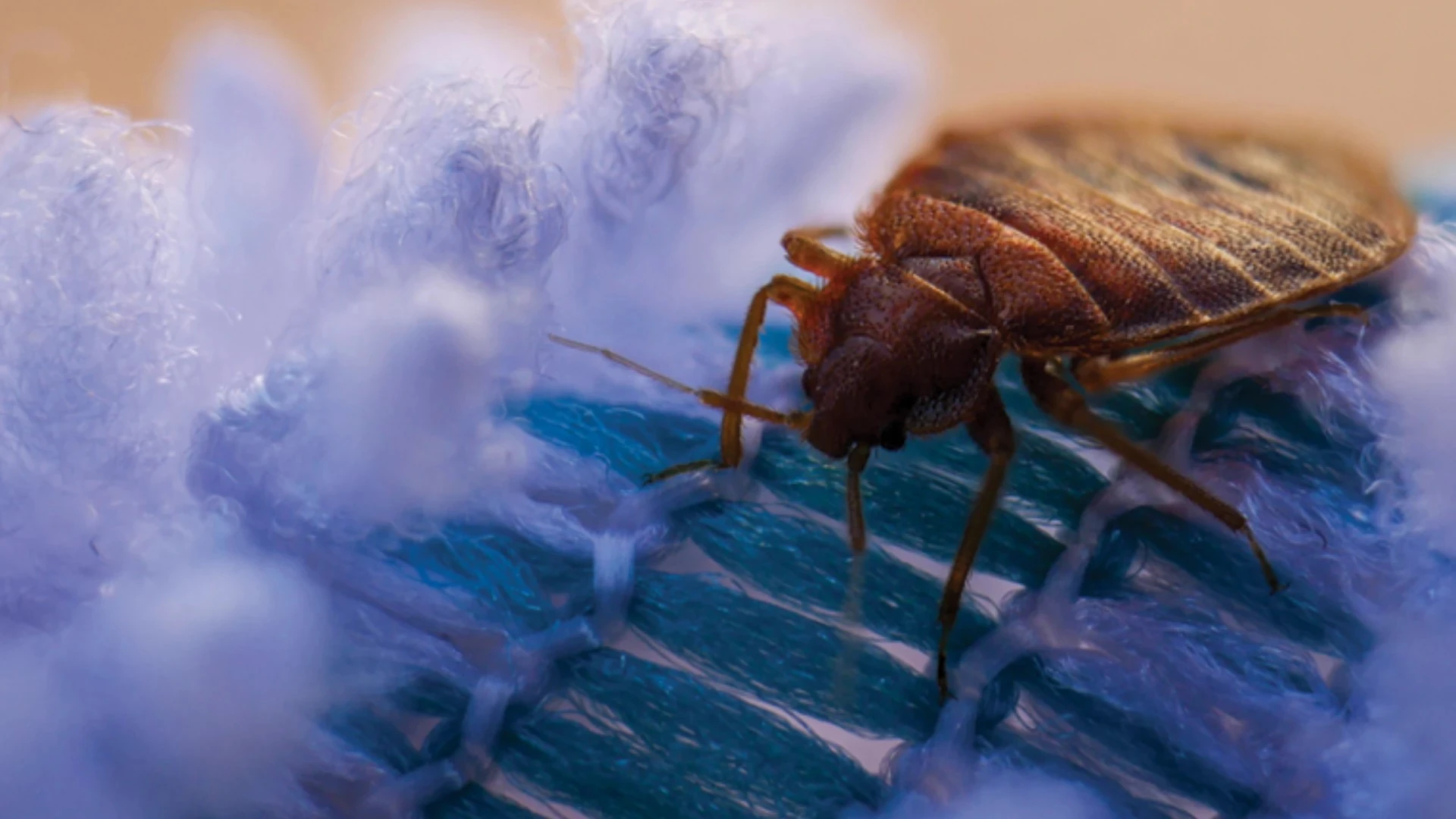Extension entomologists get all sorts of samples over the course of a year, but even our battle-hardened office receptionist was a little taken aback recently when someone left a snake skin for identification. Snake skins (or sheds, as they are called by herpetologists) are not commonly brought to entomologists, though we suspect that most pest control businesses see snake samples regularly enough. The shed in this case was discovered under a sofa in a home, and the alarmed homeowner wanted to know if it was from a poisonous snake.
Snakes and lizards are among the few non-arthropod animals that shed large portions of their skin at once. We humans shed our dead skin continuously, but in microscopic particles (the human forearm sheds about 8,300 dead cells per square inch every hour). Snakes shed their dead skin cells in one (or a few) pieces. Rather than eating their sheds like lizards do (to recycle valuable nutrients), snakes leave the skins where they come off, whether it’s next to a barn, in a crawlspace or indoors.
It might not immediately occur to most people to worry about what species of snake they have in their home. Any snake skin mysteriously appearing in the living room is cause enough for panic for most folks. But wanting to know whether a shed is from a venomous snake is useful information. Snake sheds can provide excellent clues to the identity of a snake and, if nothing else, can comfort a customer by relieving them of the worry that a fanged, potentially-lethal reptile might be lurking in the laundry basket.
VENOMOUS OR NOT? To recognize venomous snake skins, it’s first important to know which snakes are venomous. There are dozens of species of venomous snakes in the United States, but it’s relatively easy to recognize the three major genera and four major kinds of venomous snakes. If you can recognize these snakes, you can recognize any of the harmful species you’re likely to encounter in this country.
ID TIPS. All snakes, both venomous and non-venomous, shed their skins several times a year. Snake sheds may remain complete and intact, or may come off in sections. Sheds may show up in a yard, under a home or even indoors. If a customer calls to report finding a snake skin, ask them to keep it until you can visit.
If the head section is present and intact, look to see if it’s arrow-shaped (triangular) or if you can detect a pit located just below an imaginary line between the eye and nostril. These two characteristics identify a snake as a pit viper, the most common family of venomous snakes in the U.S. The coral snake is the only venomous snake in North America without these characteristics.
If the head is missing or damaged, another characteristic to look for is the pattern of scales on the bottom of the tail, behind the anus. If the scales form more than one row, the skin is not from a rattlesnake, copperhead, or cottonmouth.
If there is a tip to the tail of your snake skin, then it definitely isn’t a rattlesnake because the tip is the rattle. When rattlesnakes shed, the cast skin doesn’t include a rattle or tail tip. Looking for color patterns left behind on the skin can also be helpful. Copperhead sheds, for example, may show the characteristic banding patterns of that species. Diamondback rattlesnakes should have the distinctive diamond pattern visible, depending on the quality of the shed.
If you have access to a local herpetologist or zoo with a reptile collection, you may be able to get a more precise identification from a skin alone. Put the shed into a protective box and save it for an expert to evaluate.
This situation illustrates why pest control is such an interesting profession. You never know what kind of questions, or samples, you’ll encounter on a given day. Just make sure you have a brave receptionist.
The photos on this page are courtesy of the authors. Mike Merchant is an extension entomologist with the Texas AgriLife Extension Service, Dallas. E-mail him at mmerchant@giemedia.com. Nathan Haislip is a herpetologist with the Fort Worth Zoo in Texas. E-mail him at nhaislip@giemedia.com.
*****
Coral snakes
The only North American member of the infamous snake family Elapidae, which includes cobras, mambas, kraits and tiger snakes (found only in the Old World). Coral snakes are relatively secretive and less likely to be encountered around residential areas. They are strongly ringed with red, yellow and black (although there are several more common snake species that share this color characteristic). What distinguishes coral snakes is that the two warning colors, red and yellow, touch each other. Other, non-venomous mimics (like milk snakes and king snakes) always have a black band separating the yellow and red bands. Hence the old Boy Scout rhyme really works: "Red on yellow, kill a fellow; red on black, friend of Jack."
*****
Cottonmouths
[water moccasins]
Cottonmouth snakes belong to the same genus as copperhead snakes (Agkistrodon), but are associated with aquatic habitats. One of the most feared of the venomous snakes, they are often confused with harmless water snakes. This snake exhibits a defensive posture by opening its mouth, exposing the white lining inside the mouth which gives this species its common name. This characteristic helps to distinguish them from water and other dark-colored snakes. These snakes are less likely to be encountered by pest management professionals, unless the account is close to water and in the southeastern quarter of the United States.
*****
Rattlesnakes
Two genera of snakes are classified as rattlesnakes; both are so-named because of the loose, rattle-like segments at the tip of their tails. When shaken, these segments make the infamous "rattler" sound. Various species of rattlesnakes are found throughout the contiguous United States. Rattlesnakes can be common around homes, schools and businesses in certain regions, especially in the more arid parts of the western United States.
*****
Copperheads
Copperheads, water moccasins and rattlesnakes all belong to the family Viperidae, subfamily Crotalinae. All pit vipers have triangular-shaped heads that are wider than the neck, and specialized facial pits between the nostril and eye that are used for sensing the body heat of prey. Copperheads are brownish in color with bell-shaped markings on the sides and are difficult to see amidst dead leaves on a forest floor. Copperheads are one of the more commonly encountered snakes around homes near wooded areas in the eastern half of the United States.

Explore the October 2010 Issue
Check out more from this issue and find your next story to read.
Latest from Pest Control Technology
- Rentokil Terminix Expanded in Key Markets with 2024 Acquisitions
- In Memoriam: Joe Cavender
- Certus Acquires Green Wave Pest Solutions
- Liphatech Adds Alex Blahnik to Technical Team
- Do the Right Sting: Stinging Insect Identification, Management, and Safety
- VAGA's 8th Annual Veterans Thanksgiving Appreciation Dinner
- Clark's Blair Smith on the Response to Increased Dengue Fever Cases in Southern California
- WSDA, USDA Announce Eradication of Northern Giant Hornet from U.S.





